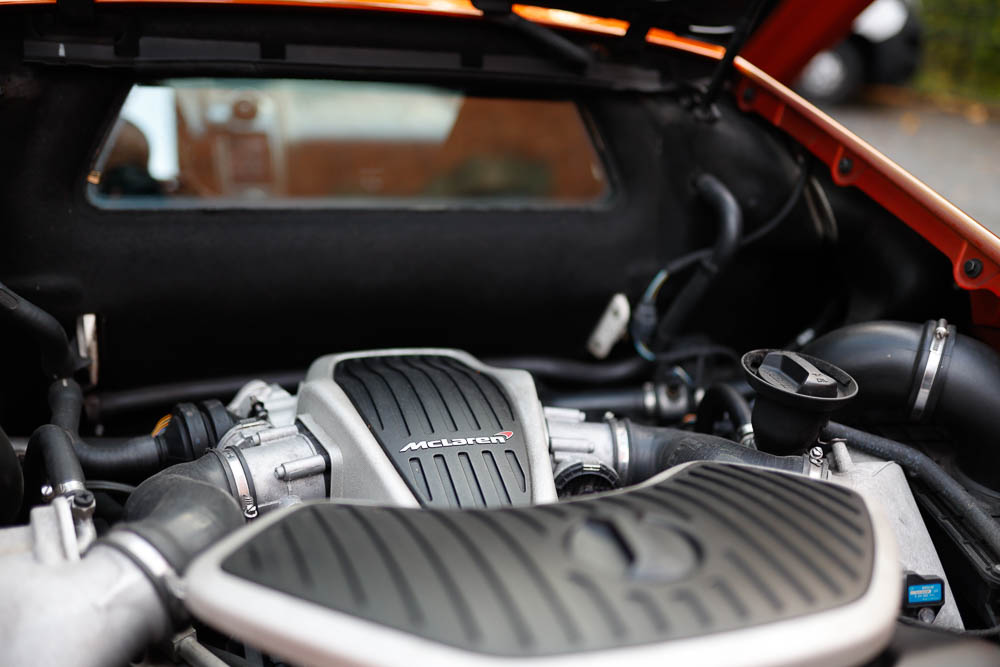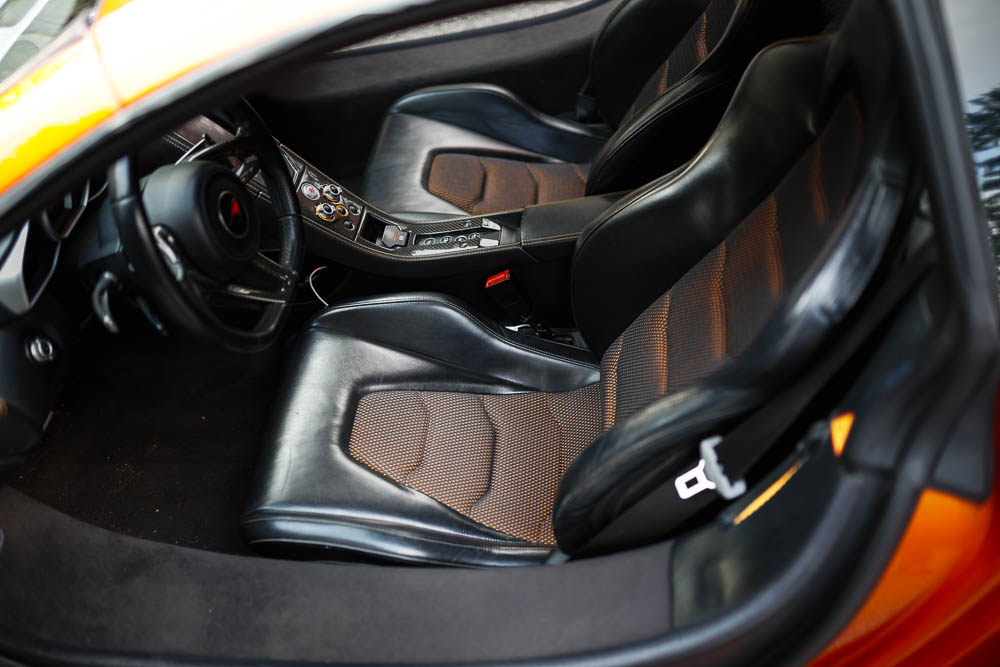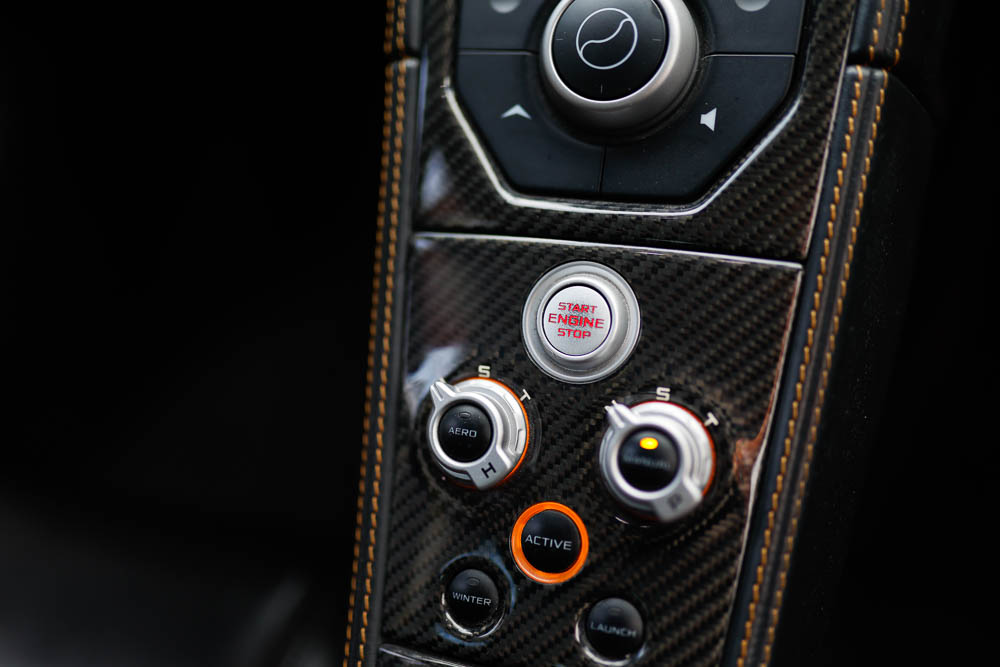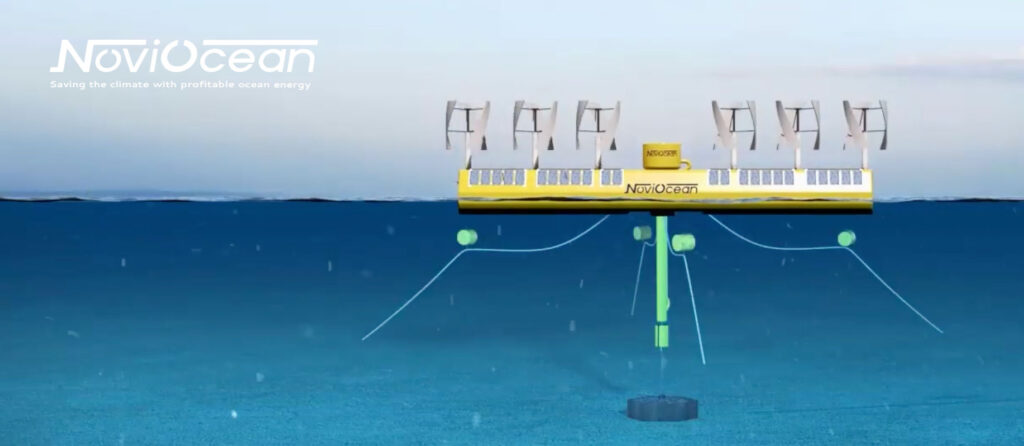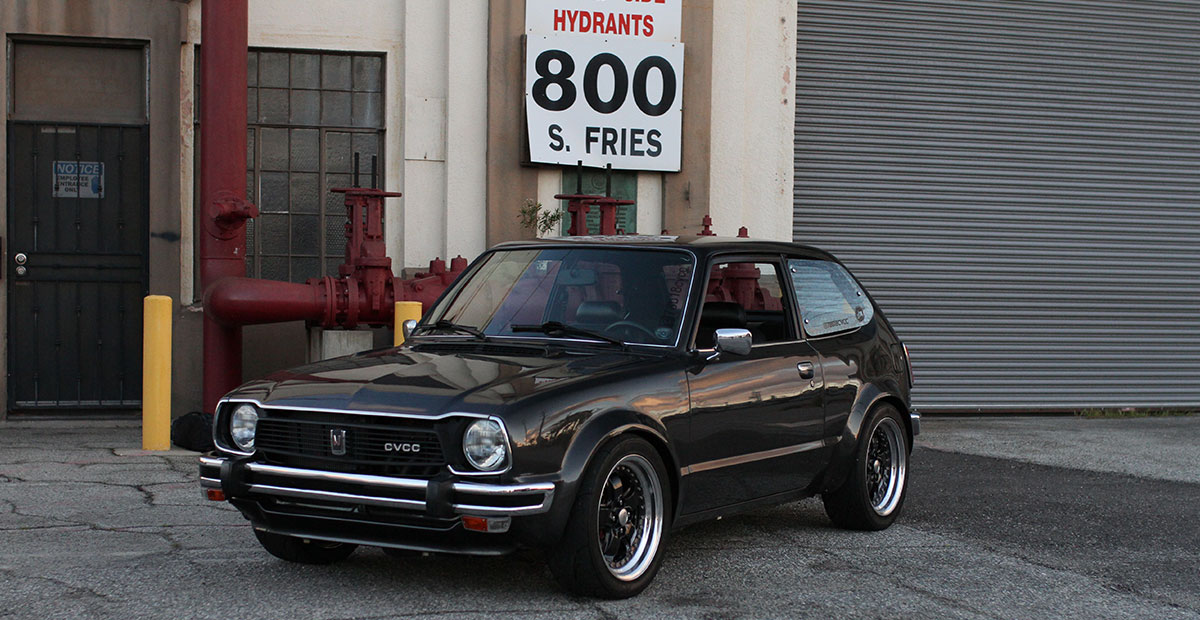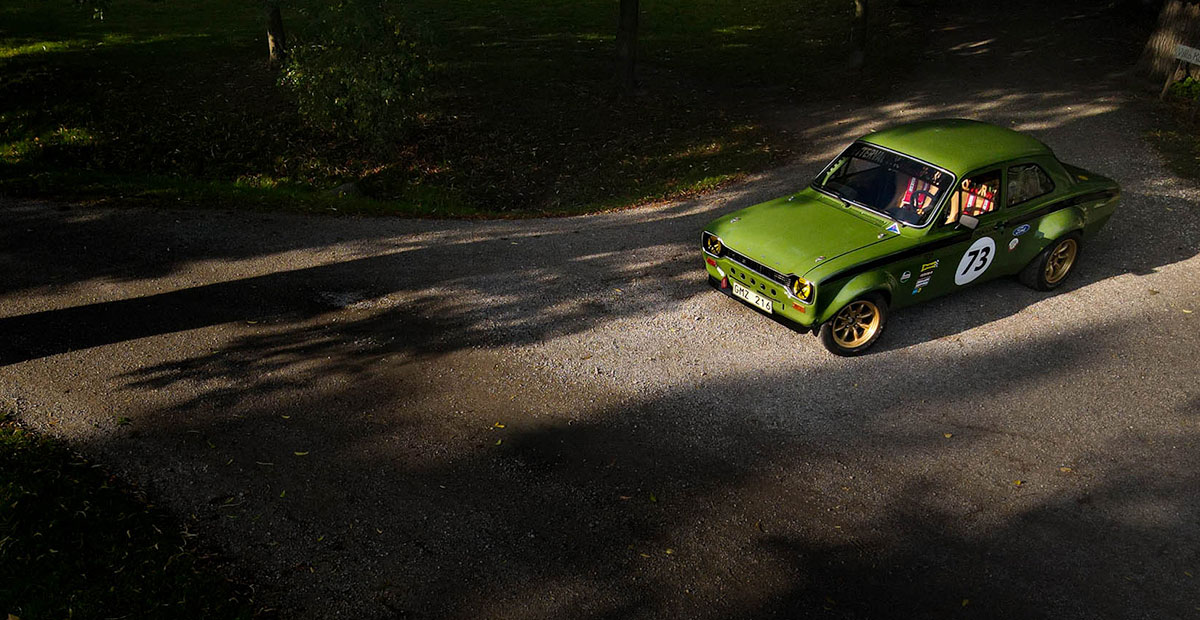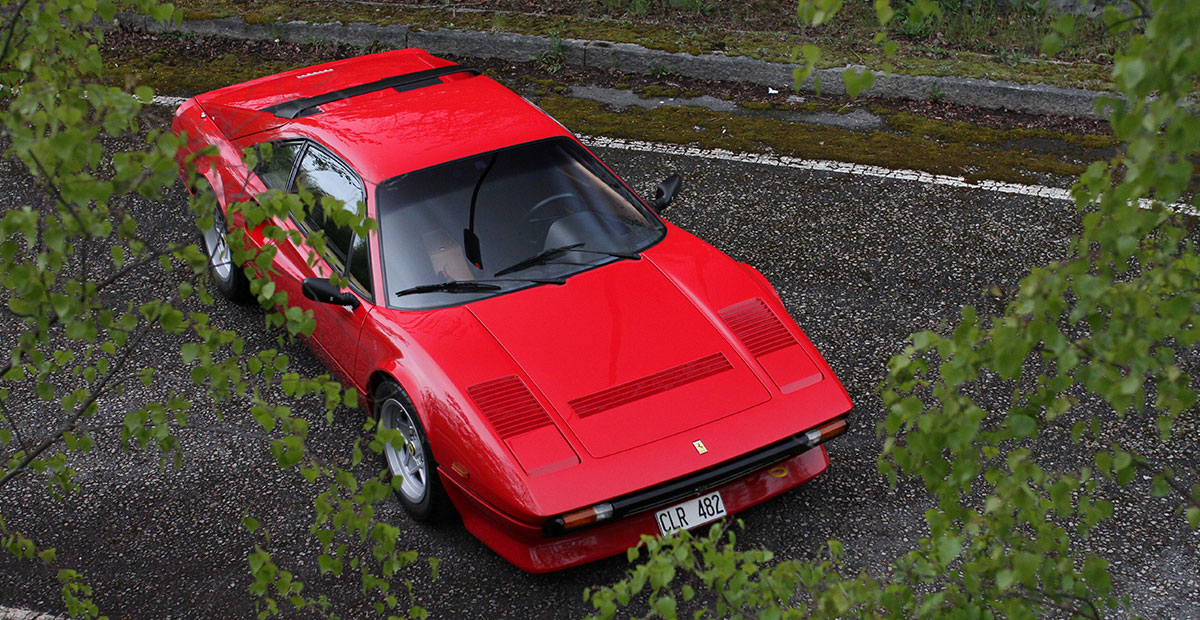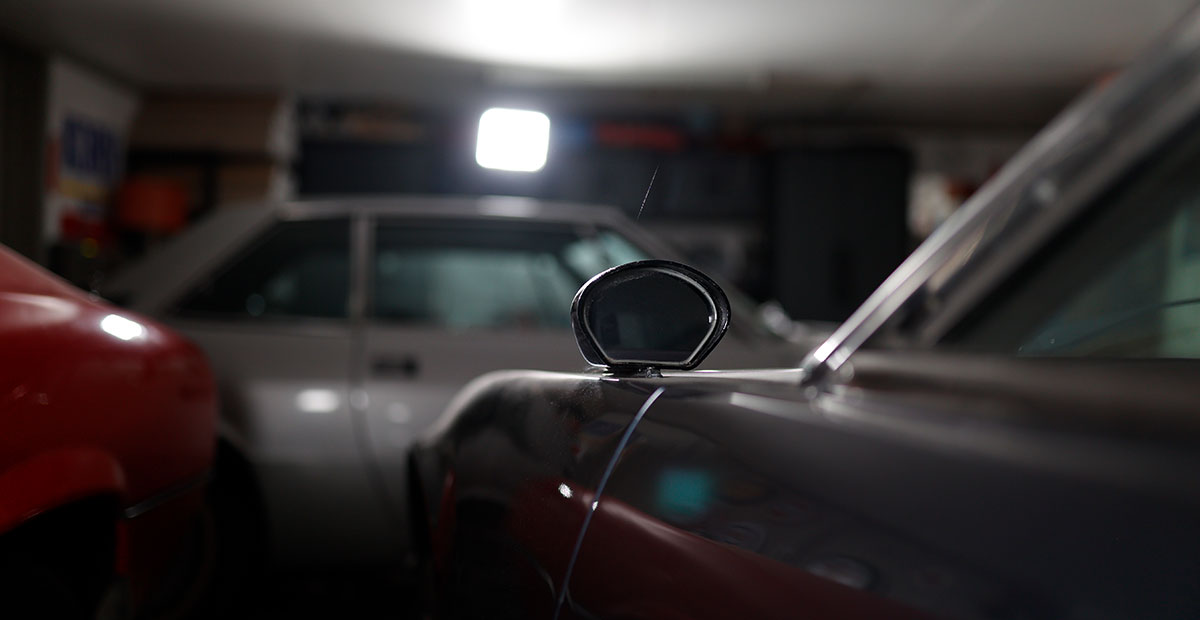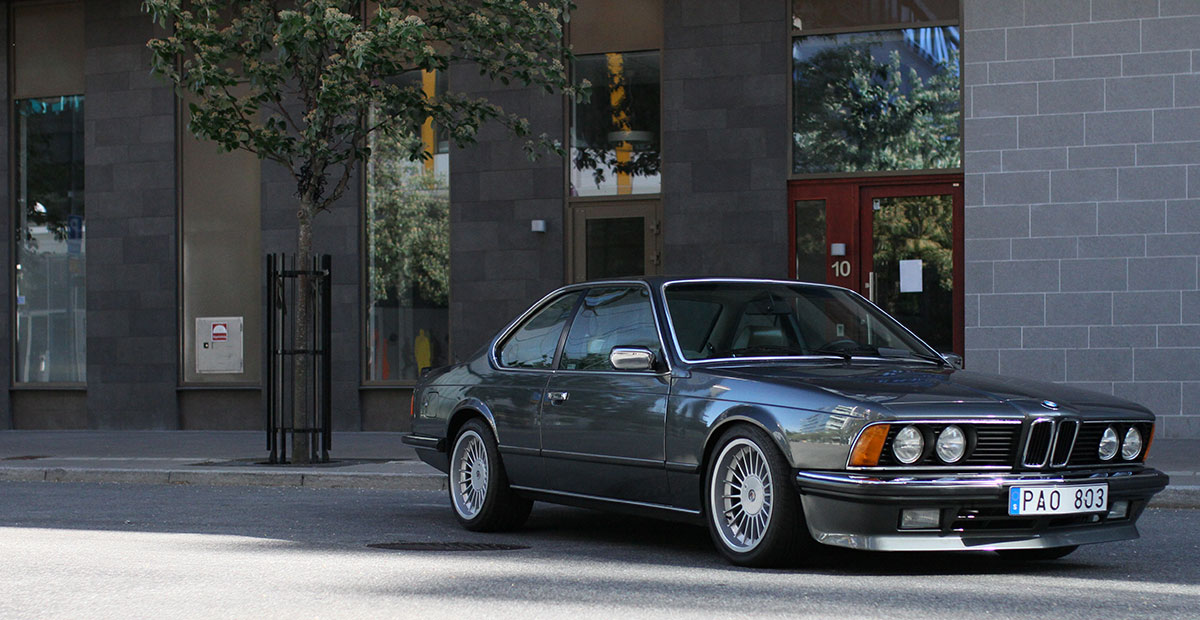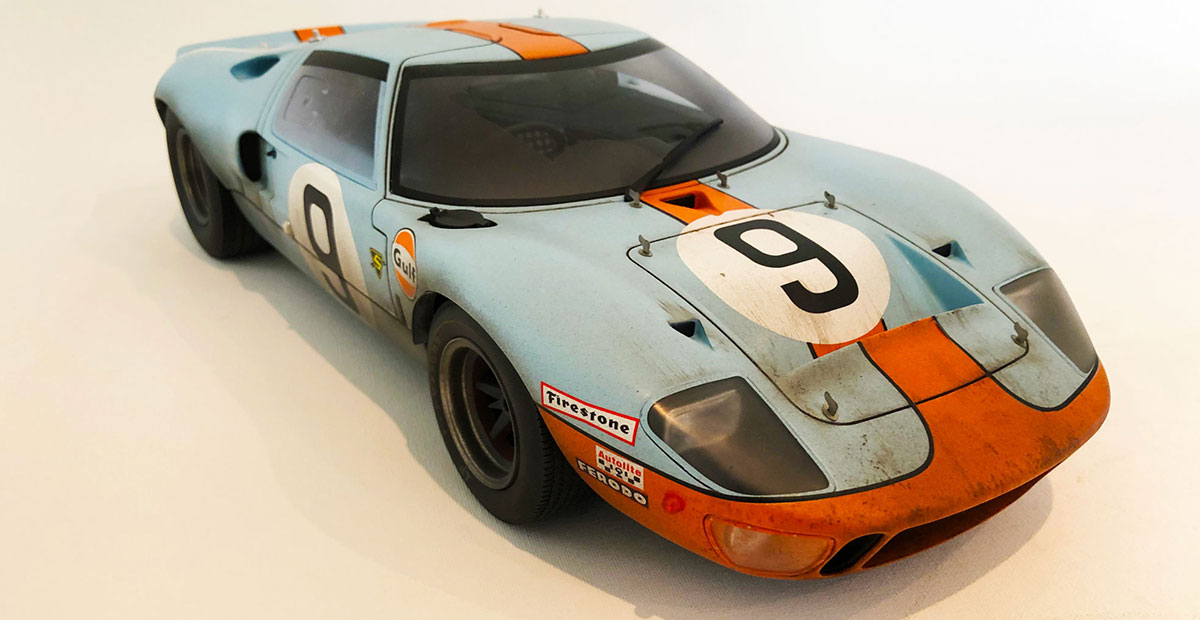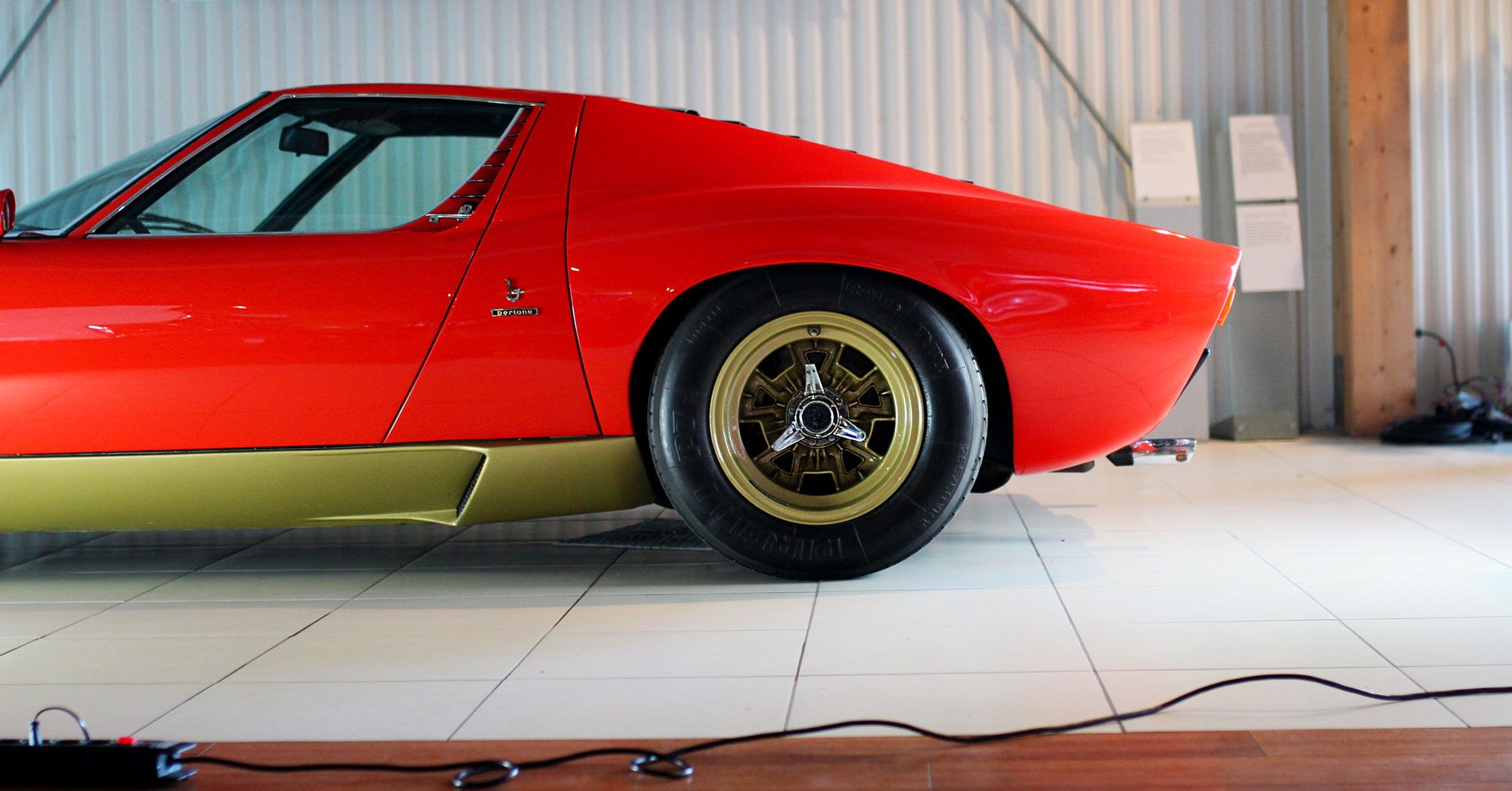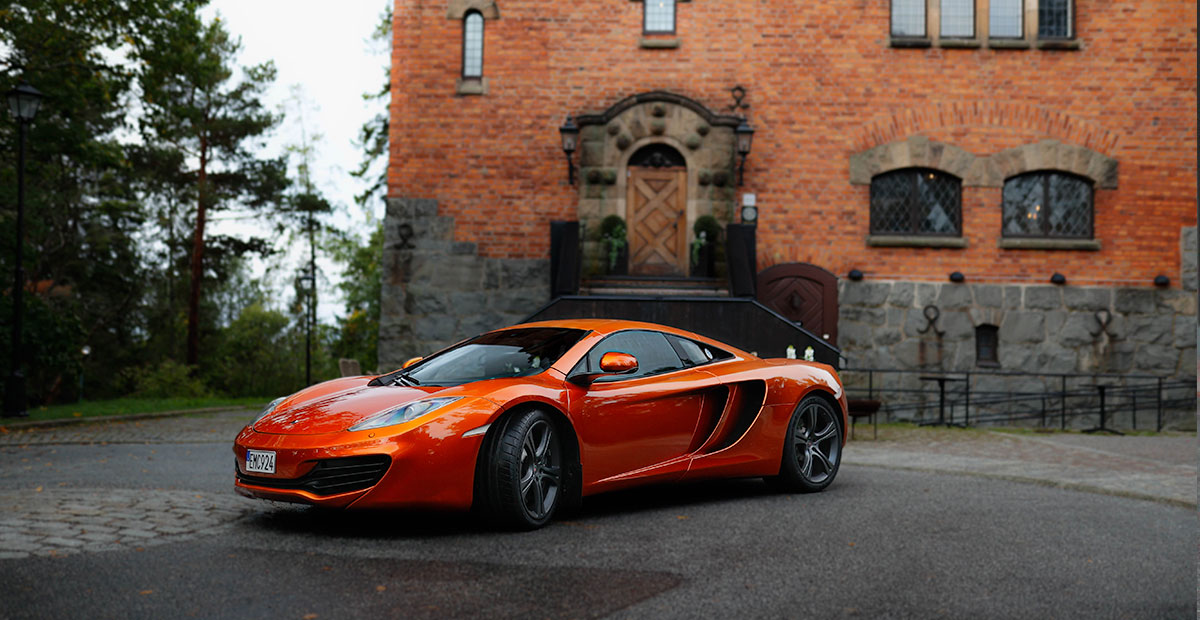
Sir McLaren MP4-12C?
It’s a little brother to McLaren’s legacy from the entire F1 world as well as the predecessor, McLaren F1!
With this in your back it can make anyone nervous and a little bit shaky when you get introduced for the world. But this car did make a great appearance.
However, it has lost value since it was introduced to the market, but if McLaren F1-team gets things in order, that could change quickly.
Nonetheless, I believe this is one of the most beautiful modern supercars ever created, espcially after meeting Jan and getting a ride in it.
It almost warrants a knighthood, deserving to be dubbed Sir McLaren MP4-12C.
Once again, I take the turn up to my father’s row house area in the sleepy suburb of Täby outside Stockholm. I have made this turn many times before, by bike, car, and on my feet.
The turn leads up to a parking area where I have run, walked, played, and biked since 1986. During that time, I have never seen anything fun on two or four wheels here. Well, maybe one or two Porsches have been parked here for a short while, but nothing more than that for someone interested in cars.
As I round the corner into the parking lot, I see an orange back sticking out from one of the parking spaces. Could it really be what I think it is?
Slowly, I move forward and see a Volcano Orange McLaren MP4-12C parked with its nose towards the bushes. Something so beautiful has never adorned this black asphalt. All the silver and black average cars around it just become tired, transparent extras that disappear in the shadow of this supercar.
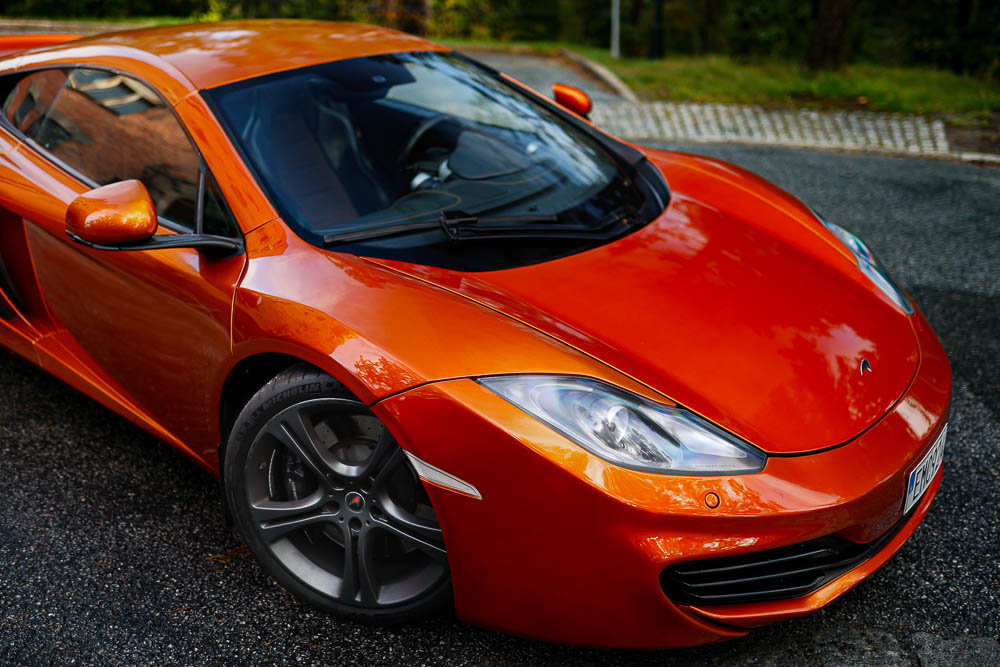
The paint shimmers and shines as the sun comes out from behind the clouds, and the whole rear section screams speed with the active wing resting nicely in its cradle while the dual exhausts just wait to breathe.
This is one of the few “modern” super sports cars that really impresses me. Its shapes and everything I have read and seen about this model have truly impressed me. And I also like underdogs like McLaren in this narrow category of cars.
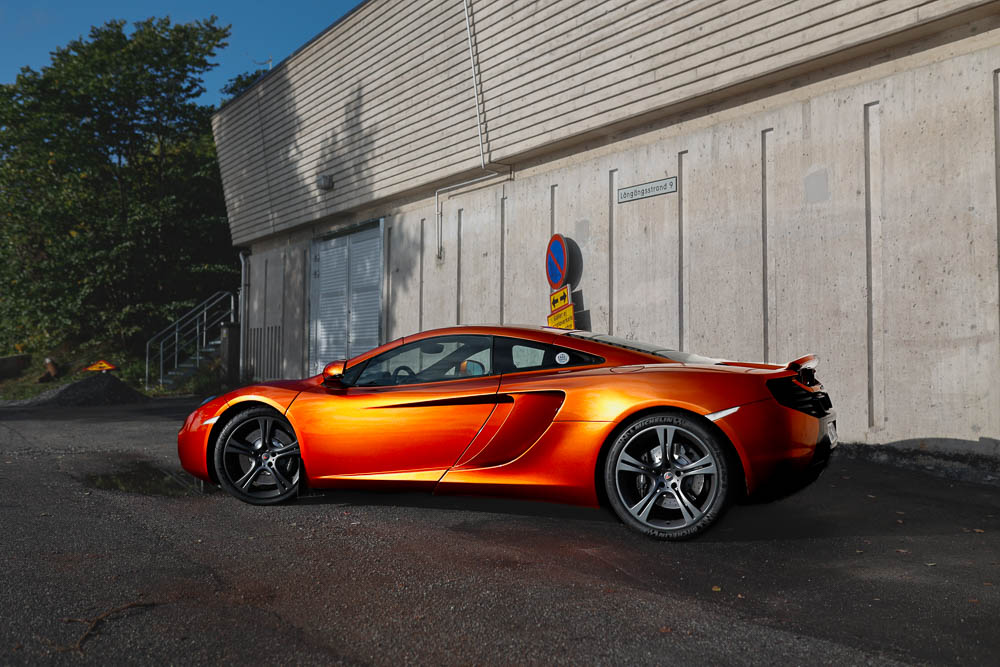
McLaren’s Comeback
The 12C felt like McLaren’s comeback since creating the world’s fastest production car – the F1. After that, it has been quite quiet around McLaren Automotive, if you don’t count the collaboration with Mercedes and the SLR, which was created in a little more than 2000 examples.
It came as a boom when it hit and, according to its award-winning designer Frank Stephenson, was supposed to reflect British driving joy rather than compete with the character of Ferrari and Porsche.
In interviews, Frank says that this car was supposed to be an everyday supercar that you could drive to and from school with your child, sit in traffic with, and use as your daily driver, only to take it to the track the next day and whip lap after lap after lap.
It looks sleek standing there. The wind must love to glide over its shapes, and the pedigree of this four-wheeler is bold – McLaren’s combined Formula 1 history was distilled into this lean creation that just exudes driving joy and speeding tickets as it stands on its five-spoked graphite gray aluminum wheels.
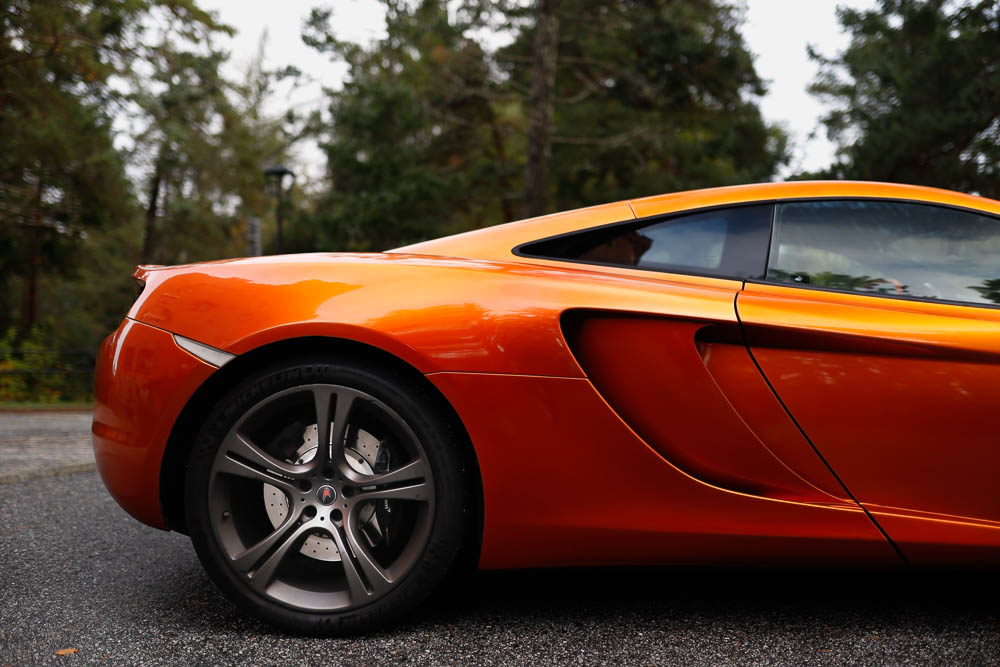
Looking for the Owner
Like a typical car nerd, I fish out my phone from my pocket and search on the registration number.
The owner lives in the area, and I decide that I must go and talk to him.
I find the house and ring the doorbell. As usual, my heart beats a little harder when I do things like this. An unknown person, about whom I know nothing, could soon open the door. It’s hard to shake off the adrenaline, but I take a deep breath.
A tall man opens the door, and I introduce myself and explain why I’m there.
Immediately, I see his face and eyes light up – he introduces himself as Jan Skjoldhammer and after just a minute of small talk, he says:
“Stay right there.”
He disappears into the house and comes back with his jacket and a set of keys in his hand, shouting down the stairs: “Be right back!”
“It’s so great to meet other people who also like cars,”
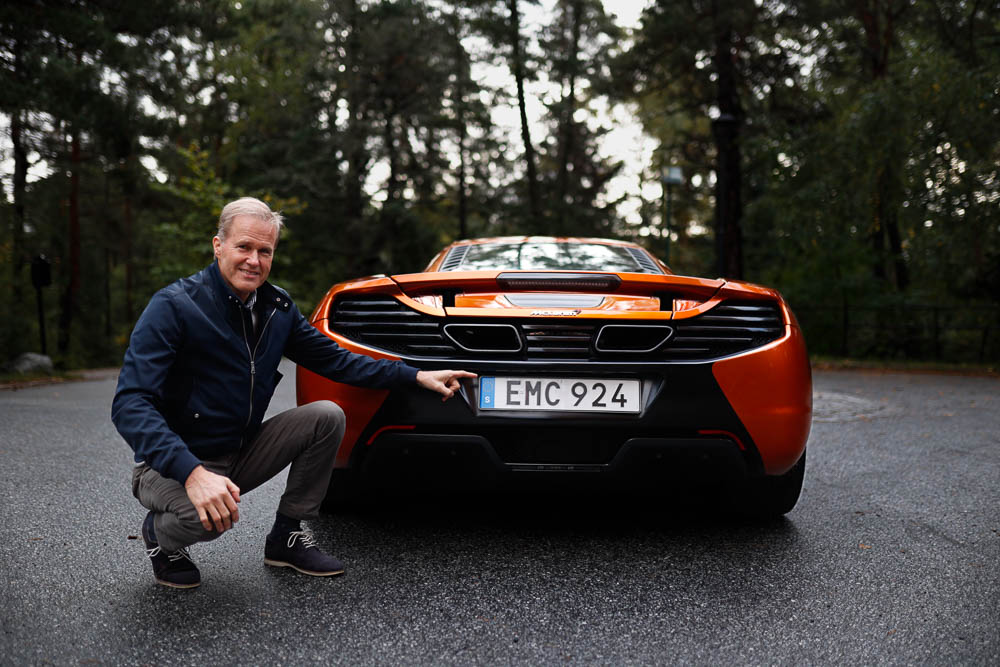
On the way down to the car, Jan starts to tell me how he got it:
“I wanted a Vulcano Orange 12C and was looking on Mobile.de for a while. Then this one came up, but with crash damage. Someone had missed a hairpin turn in the Spanish mountains, drove into some underbrush. No airbags had popped, but since the body is mostly made of composite, there were some cracks here and there, and a broken wishbone and front window.”
Jan continues:
“I bought it for a pretty good price, only two years old in 2014, thinking it would be fairly easy to fix, but it cost more and took longer than I initially estimated.”
The amazing thing is that Jan made most of the work him self and finish it off with:
”Anyway, it got it fixed, and now I’ve driven the car many miles, both on the street and a good bit of track driving as well, over several years.”
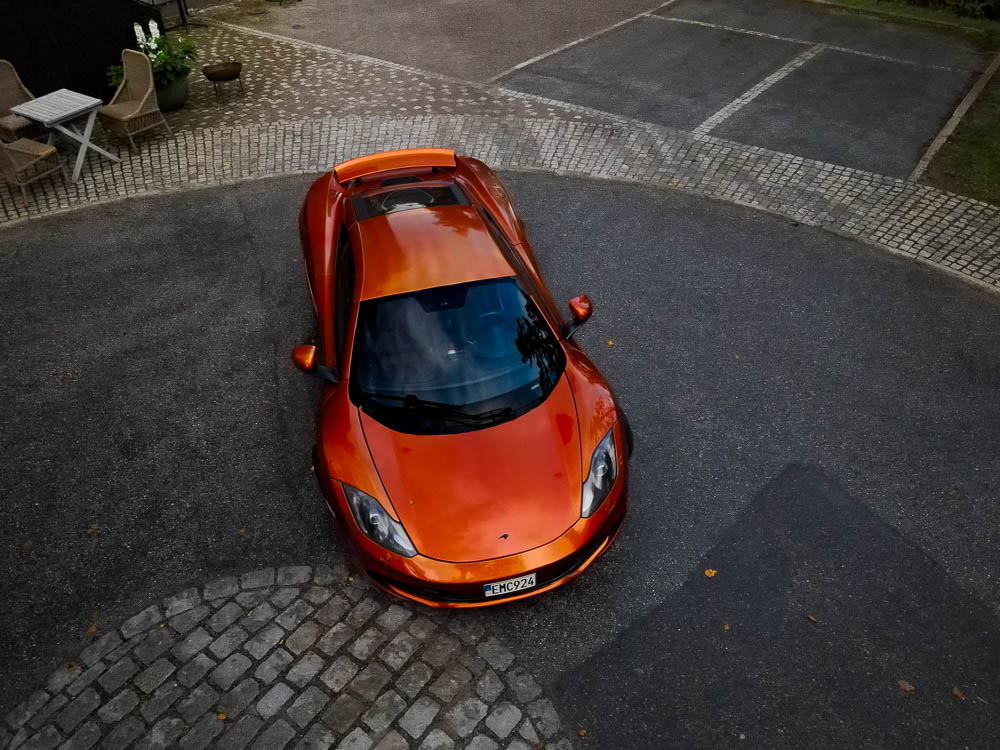
“It´s a great joy and it still gives me a great kick when I floor it in second and third gear, during braking and when I am taking corners.”
“I haven’t driven anything else I’d rather have. Plus, it has partial air suspension which suits well with a neck injury I have.”
“Jump in, let’s take a spin.”
From going to have a coffee with my dad, here I am now about to ride in one of the most fantastic modern supercars ever made. I smile broadly and high five myself in my head.
Special Door Handle
I’ve never ridden in a McLaren 12C before but have seen on many YouTube clips how special it is to open the door. You have to slide your fingertips under the edge of the door, then pull the door upward.
I see Jan watching and nervously I slide my finger. I hear the door lock click and it opens up for me like a wing on a plane. I take a breath of relief. Looking down and I see the threshold is almost 20 cm wide.
“Here below is the carbon fiber monocoque, it’s what makes the car so rigid. It’s a single, large, molded cockpit where the engine, crash protection, rear axle, and front axle are bolted into. There’s nothing that can move,” Jan says, tapping on the suede leather that covers the carbon fiber.
McLaren is known for being the first to work with carbon fiber in F1 to make the cars as light as possible. The MonoCell, as it’s called, weighs only 80 kilos in the 12C but is strong enough to keep all the car’s vital components in place.
When they began manufacturing these molded cockpits in the 80s, it took almost 3000 hours to press a cockpit. By the time they built the McLaren F1, they had reduced it to about 500 hours per unit, to refine the production to 4 hours per unit when the 12c was made.
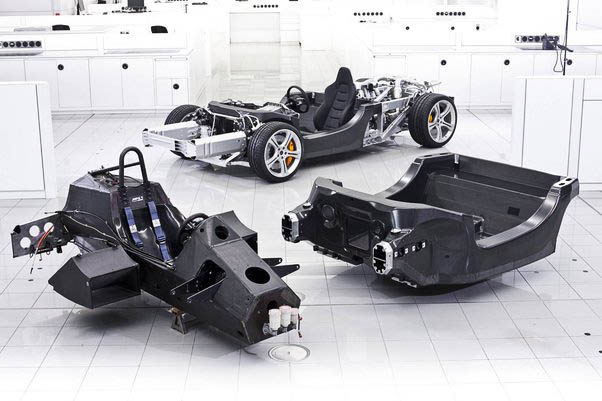
“Yeah, but you know, like Citroen’s old hydraulic damping”
I try to smoothly get into the car while Jan walks around and expertly seats himself in the driver’s seat in a fraction of a second.
In the McLaren F1, they built in three seats where the driver sat in the middle and the passengers slightly behind on each side. In the 12C, it’s not as obvious unless you think about it, though the driver’s seat is placed closer to the middle of the cockpit than the passenger seat. All to give the driver as good a view and control as possible while driving the car.
Jan presses the start button and the 4-liter V8 rumbles to life. We roll out from the parking spot and stop below the long curve while the engine warms up.
Jan continues to tell me about his restoration and talks about how advanced the damping is on this car.
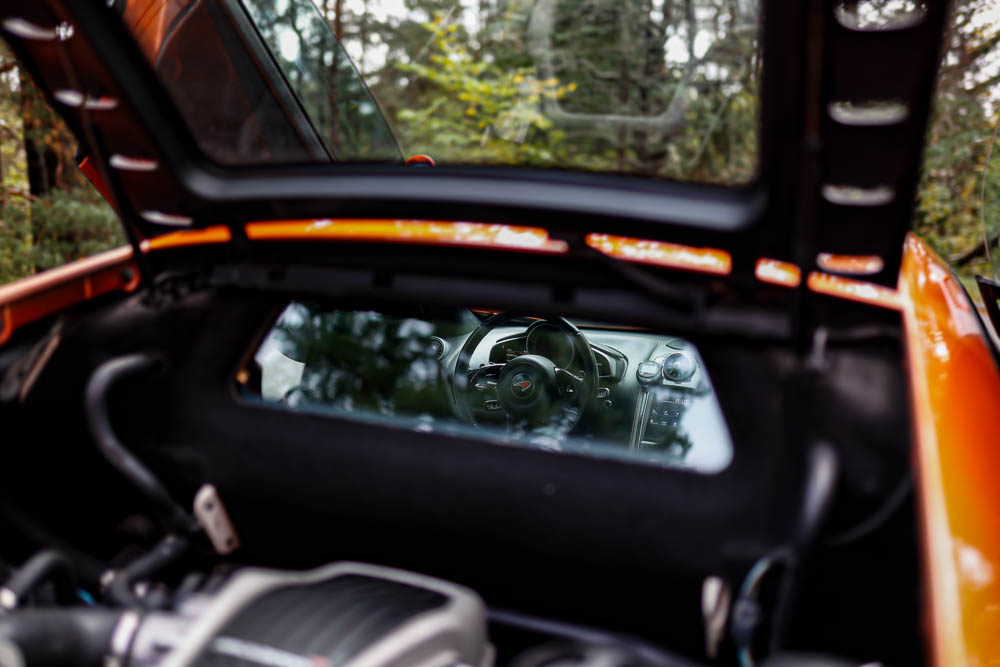
The hydraulic system – ProActive Chassis Control – is a system that’s interconnected between all four wheels. The system adjusts the damping based on the pressure on the car’s individual wheels. If you, for example, go into a curve, the damping needs to be stabilized on the front outer wheel – then the amount of hydraulic oil needed is sent from the inner front wheel to achieve the best possible road holding and cornering based on the settings you have in the car. In the same way, also during braking and acceleration, the car is practically always flat.
“Yeah, but you know, like Citroen’s old hydraulic damping,”
Later in the journey, I’ll get to experience its power.
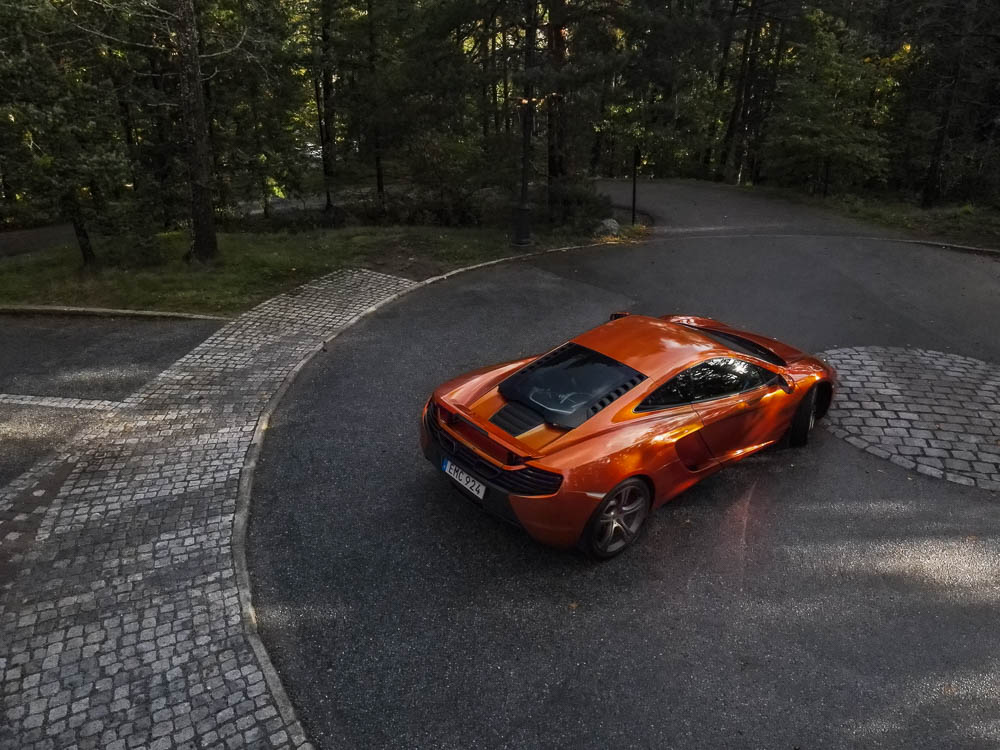
Spacious Cabin
The cabin is spacious, and I don’t feel the somewhat claustrophobic feeling I’ve experienced in other sports cars. It feels airy and comfortable, and I look over at Jan who is easily over 185 centimetres tall and he has plenty of centimetres to the roof.
He uses the car as a daily driver in the summers, he tells me, and it shows in small details like how the start button on the center console looks well-used.
Jan shares that he’s trained as an officer and an economist and has flown transport planes for nearly 25 years.
“Throughout my life, I’ve had so many technical sketches and solutions for various things that I never had time to start on, only to then see others take a similar idea to a global market 25 years later.”
“… and considering that for a large part of my life I’ve burned enormous amounts of aviation fuel while flying, and had a solution in my desk that could replace fossil energy, I really wanted to give back and reduce this massive consumption of oil, coal, and gas.”
After some successful business deals nearly ten years ago, he got the chance to change paths. He tells me he pulled one of his ideas out of the box and started working on something many others had failed at. Wave power.
In his company NoviOcean, which started in 2016, he and his team of six people have now built a fully functioning prototype of a hybrid wave, wind, and solar power plant, based on his own patent that delivers sustainable, stable, and cost-effective energy.
At full scale, it aims to lift up to 600 tons in slightly larger waves, and generate a whole 1 Megawatt, with fewer, lighter, and simpler parts than floating wave power.
Jan smiles as he says the company’s motto: “We are saving the planet with profitable and stable ocean energy.”
Right after he says this, we come out onto the first straight and Jan floors it. All 625 horses rise and show what power they can create. My back is pushed into the contoured seat as much as my lips are pulled up in my face. A bridge abutment in the road makes the car jump during the acceleration but quickly settles again as the rear wheels grip.
At the roundabout before the highway, Jan doesn’t let the car rest. He shifts down, takes the inside track, and pushes the gas so that my head is almost pressed against the window. It feels like being on a railed carousel at the fair, the car is so stiff in the corner. It doesn’t bow an inch, it’s flat and the only thing I can do – is just to ride along.
Probably we weren’t up to many G’s, but my body wasn’t ready for the hairpin turn, so I’m a bit dizzy for the rest of the trip.
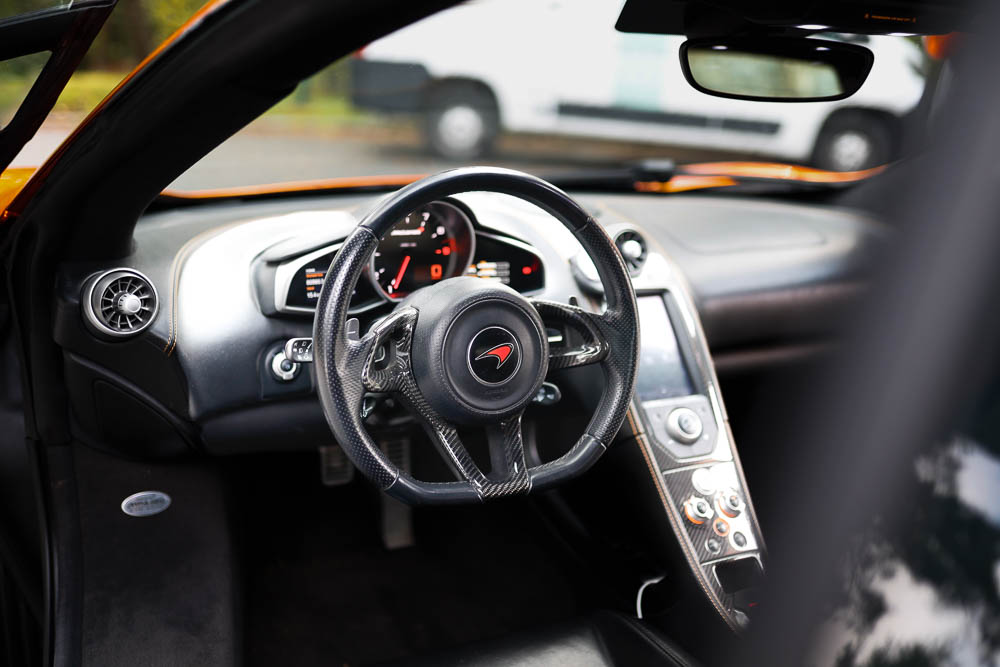
Lewis Hamilton has been involved in developing the steering wheel
On the straight stretch out to the highway, Jan pushes it again. Michelin’s 305 Pilot Sport Cup 2 tires cling to the asphalt. The dual-clutch gearbox made by Graziano Trasmissioni supplies the engine with the right gear when Jan clicks the paddle shifters behind the steering wheel.
The gearbox is 7-speed and goes by the abbreviation SSH – Seamless-Shift Gearbox – which makes the gear shift smooth and seamless.
When we quickly catch up to the car in front, I feel the seatbelt tighten against my chest as the brakes kick in. In the rearview mirror, which sits on a well-shaped arm, I see how the wing activates, pointing almost straight up, helping to bring this 1300 kilo beauty to a stop.
The braking power is evident in this car, and it can come to a complete stop from 200 km/h in less than 5 seconds. Quite impressive. Getting back up to 200 again takes only 8.6 seconds…
“Lewis Hamilton has been involved in designing this steering wheel. It’s made after his grip,” Jan says with a big smile on his lips, looking down at the steering wheel, where his hands have a quarter to three grip.
I think the smile is more because he got to press the gas than talking about Lewis’s grip.
He shares that he’s driven on the track over 15000 kilometers and that this car beats everything he’s had or driven before. Everything! Ferrari, Maserati, Porsche – everything!
“This car is the most fun in the corners. Did you feel back in the roundabout, how it just wants to turn even though I’m accelerating? It’s firm in the corners and it takes so much for it to lose grip. It’s like a big go-kart, helped by the fact that I’ve adjusted it to negative 2.5 degrees camber in the front and 1.5 in the back.”
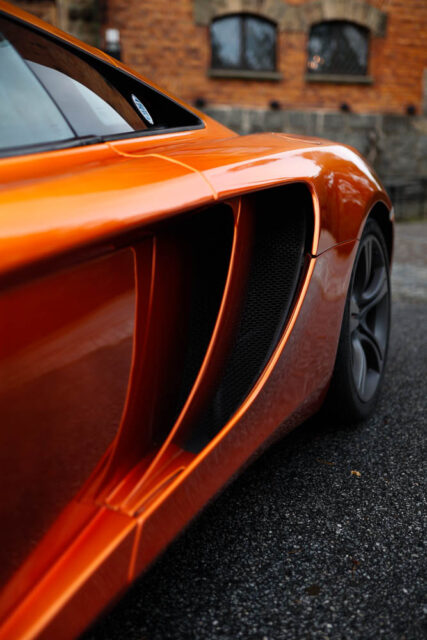
Maybe Not the Best Paint
Jan changes a setting on the center console and suddenly the fantastic homemade McLaren engine with its twin turbos is heard right into the cabin. The sound is delightful.
“I’ve had the mufflers completely removed. The turbo and the catalyzer dampen the sound enough for it to pass the inspection.”
He continues to explain that one of his employees is incredibly skilled at welding, which he took advantage of and provided the engine with a custom-made x-pipe all the way out after the catalyzers.
When the car was introduced in 2011, there were three different “paint categories” – Standard, Special, and Elite.
They didn’t do so well with their paints when it came to these, Jan tells me as we exit the highway to start making our way back to the starting point.
“This paint belongs to the Elite group, and if you look closely at the car, there are different shades on the different parts, Vulcano colors fade in the sun… but, what does it matter when it’s such a fantastic supercar?”
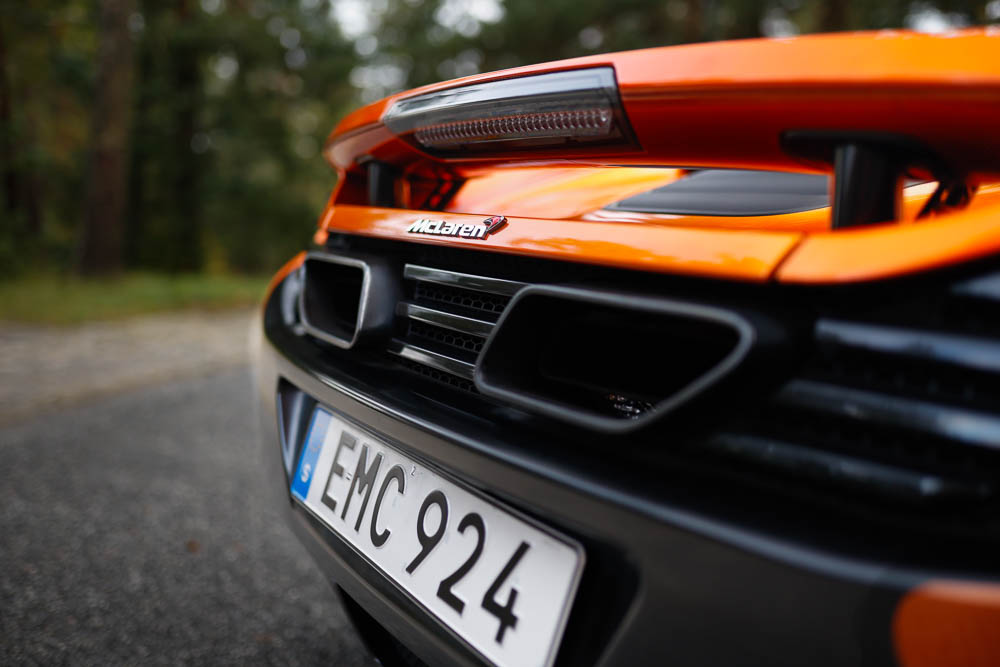
Buy one before you can’t afford it
Now that the car model has been around for more than 10 years, the teething problems are well known and a well-maintained McLaren 12C should only be in service mode, with annual checks, rather than worrying about something breaking down.
The 12C cost 202,000 GBP when it was launched, but today when you look for a 12C, you can get one for about 90,000 USD to 190,000 USD.
It may seem like a quite disappointing drop in value for such a stable car.
Some journalists and McLaren owners think this is a significant undervaluation for what you get for the money – the 12C is a stable supercar that delivers an enormous experience and an amazing feeling when driving.
Maybe it’s time to get a 12C before McLaren’s F1 team gets their act together and starts winning again. Because if that happens – everyone wants to get one.
Jan turns left after the highway bridge, shifts down, lets the engine rev up, then shoots us onto a completely empty motorway entrance.
